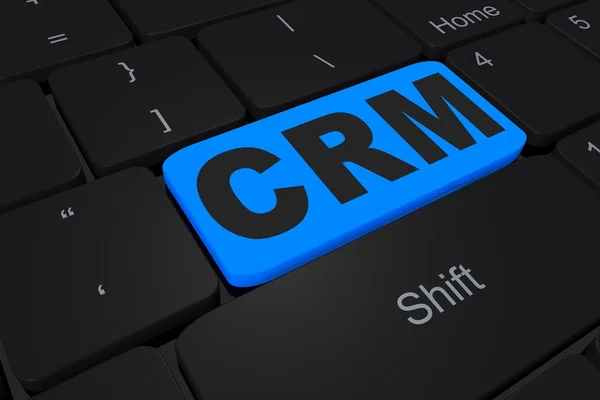Implementing a Customer Relationship Management (CRM) system is an exciting step towards improving your business operations and customer interactions. However, before you dive headfirst into the world of CRM software, a well-thought-out plan is essential to ensure a smooth and successful implementation. In this article, we’ll walk you through the crucial steps of planning your CRM implementation journey.
Define Your Objectives
Every successful CRM implementation starts with a clear understanding of your objectives. What do you hope to achieve with your CRM system? Are you looking to streamline sales processes, enhance customer service, or gain valuable insights into your customer base? Define your goals and objectives to guide your implementation strategy.
Identify Stakeholders
CRM impacts various departments and roles within your organization. Identify key stakeholders who will be involved in or affected by the implementation. This includes sales teams, customer support, marketing and IT personnel. Engage them early in the planning process to gather insights and ensure alignment with their needs.
Data Collection and Management
One of the cornerstones of effective CRM is data. Assess your existing data sources and data quality. What customer information do you have and where is it stored? Determine how data will be collected, organized and maintained within the CRM system. Data accuracy and consistency are crucial for meaningful insights.
Compliance and Security
CRM systems often handle sensitive customer information. Ensure that your CRM implementation complies with data privacy regulations such as GDPR or HIPAA, depending on your industry. Implement robust security measures to safeguard customer data from potential breaches.
Integration with Existing Systems
Evaluate your current technology stack. Will the CRM system need to integrate with other tools and software your organization uses, such as email, marketing automation, or accounting software? Seamless integration enhances efficiency and data flow between systems.
Choose the Right CRM Software
Selecting the right CRM software is a pivotal decision. Consider factors like scalability, customization options, user-friendliness and vendor support. Whether you opt for a cloud-based CRM or an on-premises solution, ensure it aligns with your business needs.
Budget and Resources
Estimate the budget required for CRM implementation, including software licensing, training and any necessary hardware or infrastructure upgrades. Allocate the necessary resources, including personnel and time, to ensure a successful rollout.
Implementation Timeline
Create a realistic timeline for the CRM implementation process. Determine key milestones and deadlines. Remember that a rushed implementation can lead to errors, while a well-paced approach ensures thorough testing and user training.
Training and Change Management
Invest in training programs for your team members who will use the CRM system. Change management is critical to smooth adoption. Communicate the benefits of CRM to your employees and provide the necessary support during the transition.
Pilot Testing
Before a full-scale rollout, conduct pilot testing with a small group of users. This allows you to identify and address any issues or adjustments needed before implementing the CRM across the organization.
Rollout and Monitoring
Finally, initiate the CRM rollout, closely monitoring its performance. Continuously gather user feedback and make necessary refinements. Regularly review CRM data to ensure it aligns with your objectives.
Planning your CRM implementation meticulously sets the stage for a successful journey. It ensures that your CRM system becomes a powerful tool for nurturing customer relationships, streamlining processes, and ultimately boosting sales.
Ready to take the first step towards CRM success? 🚀 Reach out to us at info@ecentsmarketing.com or visit our website at ecentsmarketing.com to book an appointment and get expert guidance on planning your CRM implementation.

